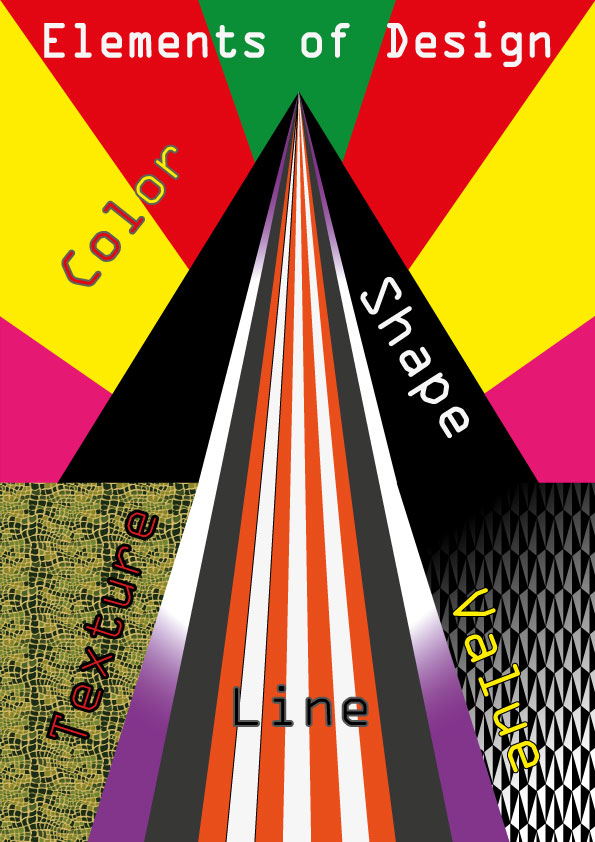

If you want to deliver a more relaxing, soothing impression, chill colors like a variety of deep blues will work great. Consider the tone of your site, products, services and what you would like to achieve. You’ll want to pay attention to this when choosing colors for your background, additional visual elements and accents, typography and much more. Cool and passive colors like blue and purple are much more pleasant, which is why so many studies show blue is the color of happiness. Warm, active colors like orange and red tend to elicit more vibrant responses. Sure, choosing two colors for a theme that don’t mesh is jarring, but it’s the feelings and emotions it draws out for your visitors that will hinder their overall experience. The colors you choose have an effect on a more visceral level. Colorįundamentally, color is used to elicit emotions, boost visual appeal and highlight crucial elements. What’s the best way, then, to make sure your site is attractive while also increasing conversion potential? The answer is through honoring the basic tenets of design: color, size, space, line, shape, texture, value. Outside of that, people will simply abandon your site if it’s ugly – a total of 38% of all visitors, to be exact. Nearly half of consumers (46.1%) feel design is the best way to decide whether or not a company or brand is credible. It all boils down to presentation and the experience you provide to your visitors.

You deal with the same concept when choosing your logo, colors and theme and when outfitting your brick-and-mortar store. No doubt, you understand the basics as a marketing manager or small business owner. After all, if you get people interested before they land on your site, they’re sure to convert, right?Īctually, you may be surprised to know that it all starts with the design. Or, perhaps the marketing and promotional materials themselves. Shapes that contrast negative and positive space can create the illusion of perspective.Want to boost your website conversions? The obvious revisions would include your call to action, coming up with something more enticing and engaging. Linear perspective in a photorealistic image.

Lines that are grouped together often create a sense of value, density or texture. Line is not just an artificial tool of the artist. The appearance of line in a three-dimenionsal form: a wire sculpture (Alexander Calder, Joan Miroó, c. Vertical lines of varying lengths and weights. Line can be very simple, suggesting only abstraction, or it can suggest form even through simplicity. Lines are also used to create perspective, and dominant directional lines are often adopted to create a sense of continuance in a composition. Artists use lines to create edges, the outlines of objects. Line is characterized by length and direction(s).

Line is a form with width and length, but no depth. It is important for web designers to know these elements because (1) they provide a defined vocabulary with which to discuss and explore (2) focusing on individual elements may help us travel down creative avenues (3) familiarity with the elements is critical for understanding how the principles work. Remember, the classic theory of design argues that a work of design is pleasing to its viewers as a result of how the elements of design are composed in accordance to the the principles of design.Įlements of design are the fundamental parts or aspects used to compose any work of design. To begin adapting traditional visual design practices to the Web we start by examining elements of design as they've been articulated for physical media for hundreds of years. Visual Design Theory & the Web Elements of Design


 0 kommentar(er)
0 kommentar(er)
